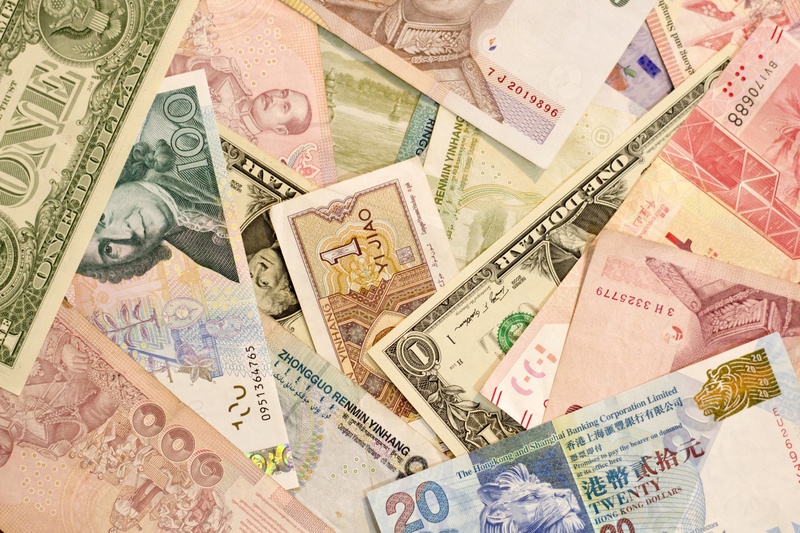OpenGov Voices: Do political finance regulations counter corruption?

Political financing regulation is ineffective at controlling high-level institutionalized corruption in public procurement, according to the Digital Whistleblower (DIGIWHIST) project. Their data analysis in 29 European jurisdictions and public procurement risks concluded there is no correlation between rigorous political finance regulation and low levels of institutionalized corruption. The analysis conducted by Mihály Fazekas and Luciana Cingolani found institutionalized corruption in procurement to be increasing after countries tightened political finance regulations.
Politicians and businessmen collude over the allocation of public procurement contracts in return for political party donations. They bend the rules on good public procurement to steer contracts toward the favored bidder without detection. They may collude by avoiding competition (unjustified sole sourcing or direct contract awards), favoring a certain bidder (tailoring specifications to a particular company) and sharing insider information. Such corruption may involve bribery and transfers of large cash amounts as kickbacks, but it is more typically conducted through broker firms, subcontracts, offshore companies and bogus consultancy contracts.

The regulation of political financing is one anti-corruption technique that has received both academic attention and considerable support from international organizations such as GRECO and OECD. It limits donations (bans on some types of donors or donation amounts), party spending (upper ceiling of how much a party can spend on an election) and public funding (bans on using government funds for party purposes).
Tightening political financing regulations can make it harder for companies to donate to political parties while demanding government contracts in return and also can render political parties more independent of such donations by, for example, increasing formula-based public funding. Although this may seem like an attractive strategy as it goes directly to the root of the problem, little is known about whether it works.
DIGIWHIST researchers used official data on over two million contracts awarded across 29 European countries from 2009-2014 to measure the risk of high-level institutionalized corruption and compared this to legislation regulating political finances in each of the countries over the same period. (The primary source of information is the openly available database EuroPAM, a component of the project DIGIWHIST). They used “red flags” in public procurement tenders, such as a single bid submitted in a competitive market, to estimate the risk of corruption.
The results suggest an interesting dichotomy: Countries with greater political finance regulation display a higher risk of corruption. In Eastern Europe, where political finance regulations were significantly strengthened between 2009 and 2015, the corruption risk was found to be between 1.5 to five times higher than in Western Europe.
Given how counterintuitive these results appear, researchers also explored alternative ideas affecting the nature of the link between political finance regulations and corruption risks. Strikingly, they found evidence that in those countries which underwent more extensive tightening of political finance regulations, the result was a significant increase in the risk of corruption.
They also looked at whether different types of political finance legislation reform are more effective than others, including the following: regulation on foreign, corporate, trade union or anonymous donations; monetary limits to donations; levels of reporting standards; or institutions of political finance oversight. They consistently found that none of the specific instruments taken individually has a significant effect in lowering corruption. On the contrary, most of the estimations show a significant link to an increase in corruption risk.
Unfortunately, this increase in public procurement corruption risk associated with more stringent political finance regulations suggests these directives may be used strategically by corrupt elites to cover up their increasing particularistic grip on government contracting or strategically modifying the rules of electoral competition to their own advantage.
This research is by no means conclusive. It represents the first imperfect attempt to rigorously test widely held assumptions about the effectiveness of controlling money in politics through regulations. It just looks at political party financing legislation and does not take into account other factors such as the effectiveness of the implementation of the laws on curbing corruption or allowing for longer lead-time for regulatory impact or considering institutional inter-dependencies such as independent courts underpinning effective political finance regulations.
Tackling the corrupting effect of political financing in public procurement by party financing regulations is not the most effective strategy or it may require a minimum amount of effective tools to lead to any discernible effect. Alternative policies in public procurement or broader “indirect anti-corruption policies” such as meritocratic bureaucracies could play an enabling role or be more effective tools.
A more conclusive judgment of political finance regulations’ effectiveness to curb corruption will be possible as more data is made available by DIGIWHIST.
Interested in writing a guest blog for Sunlight? Email us at guestblog@sunlightfoundation.com

